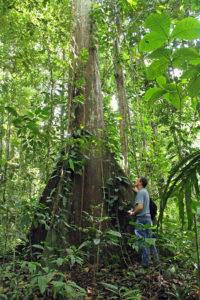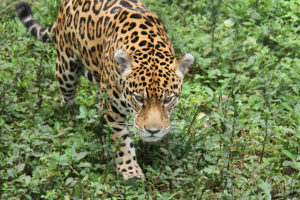In 1993 I travelled to Peru as part of my university degree to study the Pink river Dolphin.
This research led me to a Peruvian port city and gateway to the Amazon.
A place called Iquitos.
Iquitos is remote and when i say remote, it is the largest city in the world unreachable by car.
Its here where my passion for wildlife grew and I developed a profound need and urgency not just to contribute research to the area but to provide care, compassion and enrichment to the unique animals of the Peruvian Amazon.
We are on a mission to protect the amazing biodiversity within the Amazon and improve the housing conditions of the animals at the Quistococha Zoo, Iquitos, Peru. Many of these animals are victims of the illegal animal trade which still thrives in the markets of Belem.
Zoo Peru Inc. is a non profit organisation dedicated to conservation with the aim to “Promote awareness, understanding and protection of Peruvian wildlife and habitats through discovery, education, research, and captive propagation of flora and fauna”.
25 years on many animals are being given a second chance to have a better quality of life.
We have purchased 700 acres of primary rainforest in the Peruvian Amazon which has been classified as a conservation reserve by Peruvian Law.
Zoo Peru aims to conserve wildlife by releasing animals back into their natural habitat where possible. Non releasable animals are re-housed in the nine hundred hectares of secondary rainforest that is part of the Quistococha reserve.
It has been 25 years now…. Our desire has not waved. Our passion has not faded. The urgency and need still exists……..
Imagine watching a jaguar take its first steps into the Amazon rainforest after a life time of captivity in a concrete area the size of your bedroom.
You can be part of this dream by becoming a partner in conservation with Zoo Peru Inc. Australia.
Help us improve the quality of life for captive animals, conserve threatened species and educate local communities in Peru and Australia about the negative effects of poaching and habitat destruction.


Leave a Reply